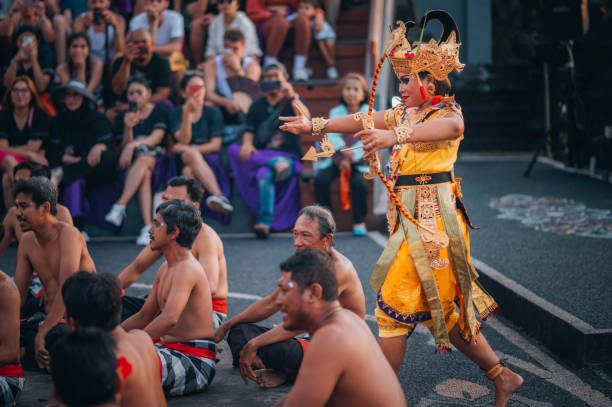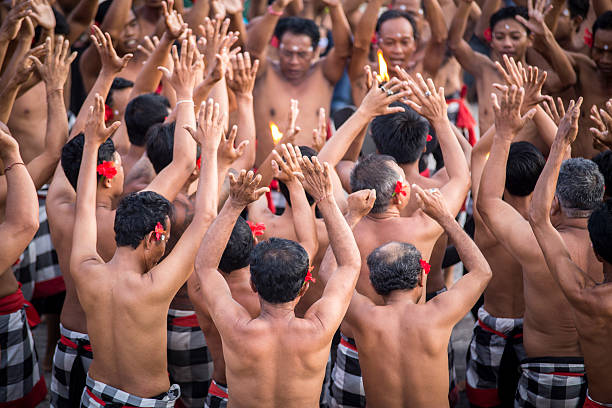Its rich cultural heritage and artistic traditions make Bali known. One of the fascinating aspects of Balinese culture is its traditional dances. Which are an integral part of religious ceremonies, cultural festivals, and everyday life. Balinese dance is a unique art form that combines music, movement, and storytelling to create a vibrant and dynamic performance that mesmerizes audiences. This article explores the art of Balinese dance, its history, styles, and significance in Balinese culture.

The History of Balinese Dance
Indian traders and Brahmin priests brought Hindu and Buddhist traditions to the island, which trace back to the roots of Balinese dance. Over time, Javanese, Chinese, and Islamic cultures influenced the dance, which evolved into a distinct Balinese style. People performed the earliest forms of Balinese dance to communicate with the gods, celebrate harvests, and ward off evil spirits. Today, Balinese dance has become a revered art form that trains dancers to perform in temples, palaces, and cultural festivals.
Styles of Balinese Dance
There are several styles of Balinese dance, each with its unique movements, music, and themes. Some popular types include Legong, Barong, Kecak, and Pendet. Legong is a classical dance that tells stories from ancient Hindu epics such as the Ramayana and Mahabharata. Barong is a dance drama that depicts the battle between good and evil, with the Barong representing good and Rangda representing evil. Kecak is a vibrant and energetic dance with many male dancers chanting and performing intricate movements. Pendet is a welcoming dance performed by young girls to greet guests at ceremonies and festivals.

Significance of Balinese Dance
Balinese dance is not just a form of entertainment but an essential part of religious and cultural traditions. People often perform dances during temple ceremonies, such as the Odalan, to appease the gods and seek their blessings. Balinese dance is also a way to preserve and promote Balinese culture and traditions. Dance schools and academies have established to train young Balinese from a young age, ensuring the art form continues to thrive.
The Costumes and Makeup of Balinese Dance
Balinese dancers wear costumes and makeup that enhances their beauty and grace, making them an essential part of the performance. The costumes are often made of colorful fabrics and feature intricate embroidery and beading. The makeup is also an elaborate affair, with the dancers often wearing large headdresses and false eyelashes to create a striking visual effect. The costumes and makeup are carefully chosen to match the dance style and convey the performance’s emotions and themes.
The Future of Balinese Dance
Despite its rich history and cultural significance, Balinese dance faces many challenges in the modern world. The rise of technology, changing social values, and globalization have all impacted the traditional arts. However, efforts are being made to preserve and promote Balinese dance, such as dance festivals, cultural events, and training programs for young dancers. As long as some appreciate and value the art form, Balinese dance will continue to thrive and inspire future generations.